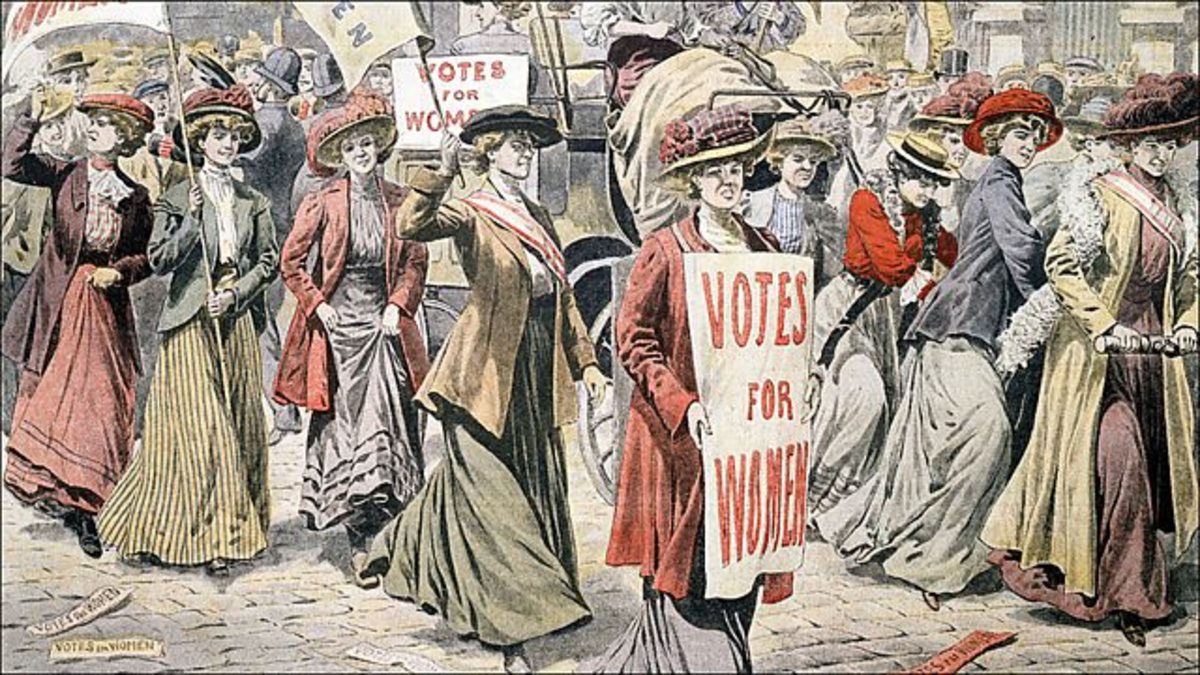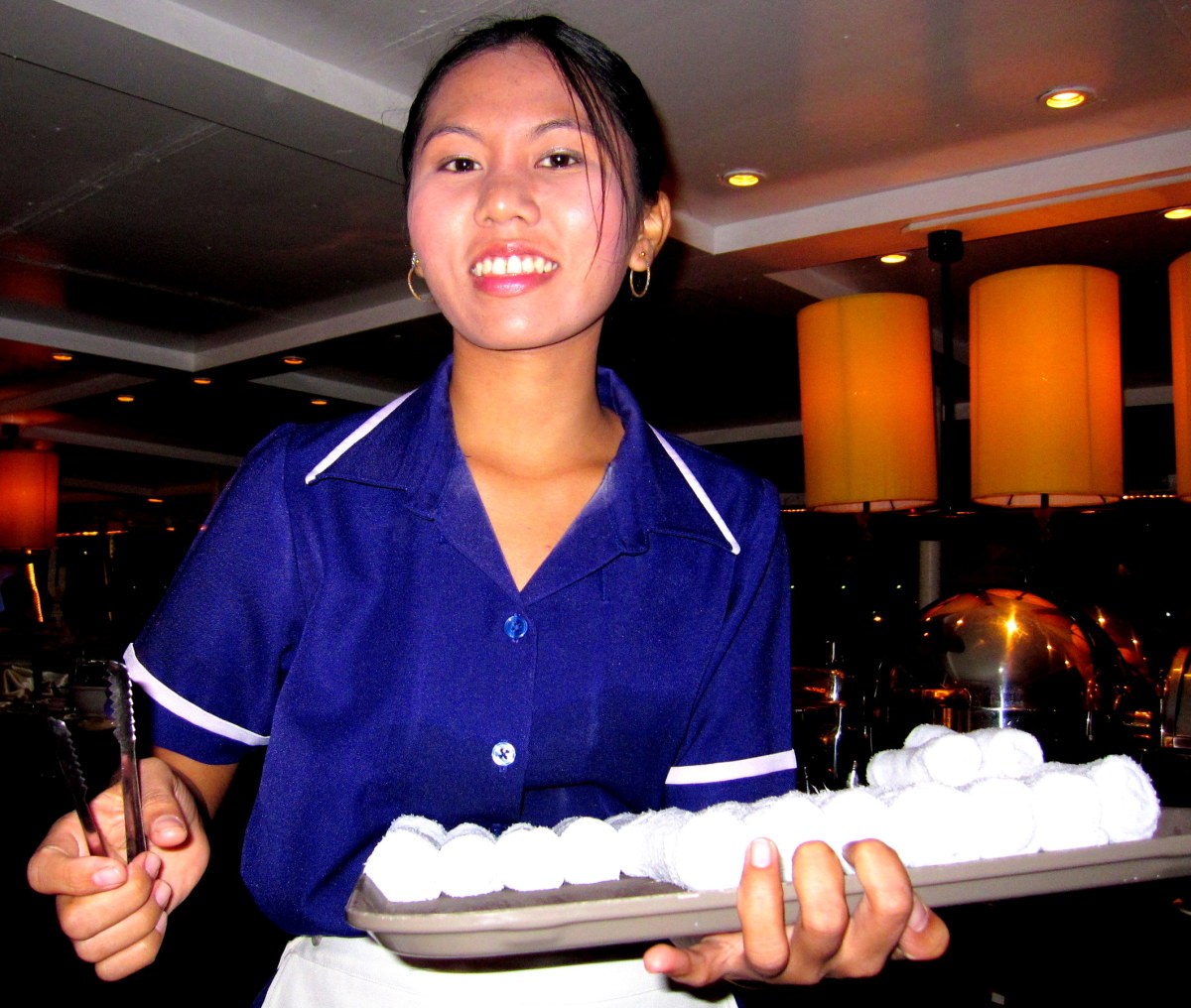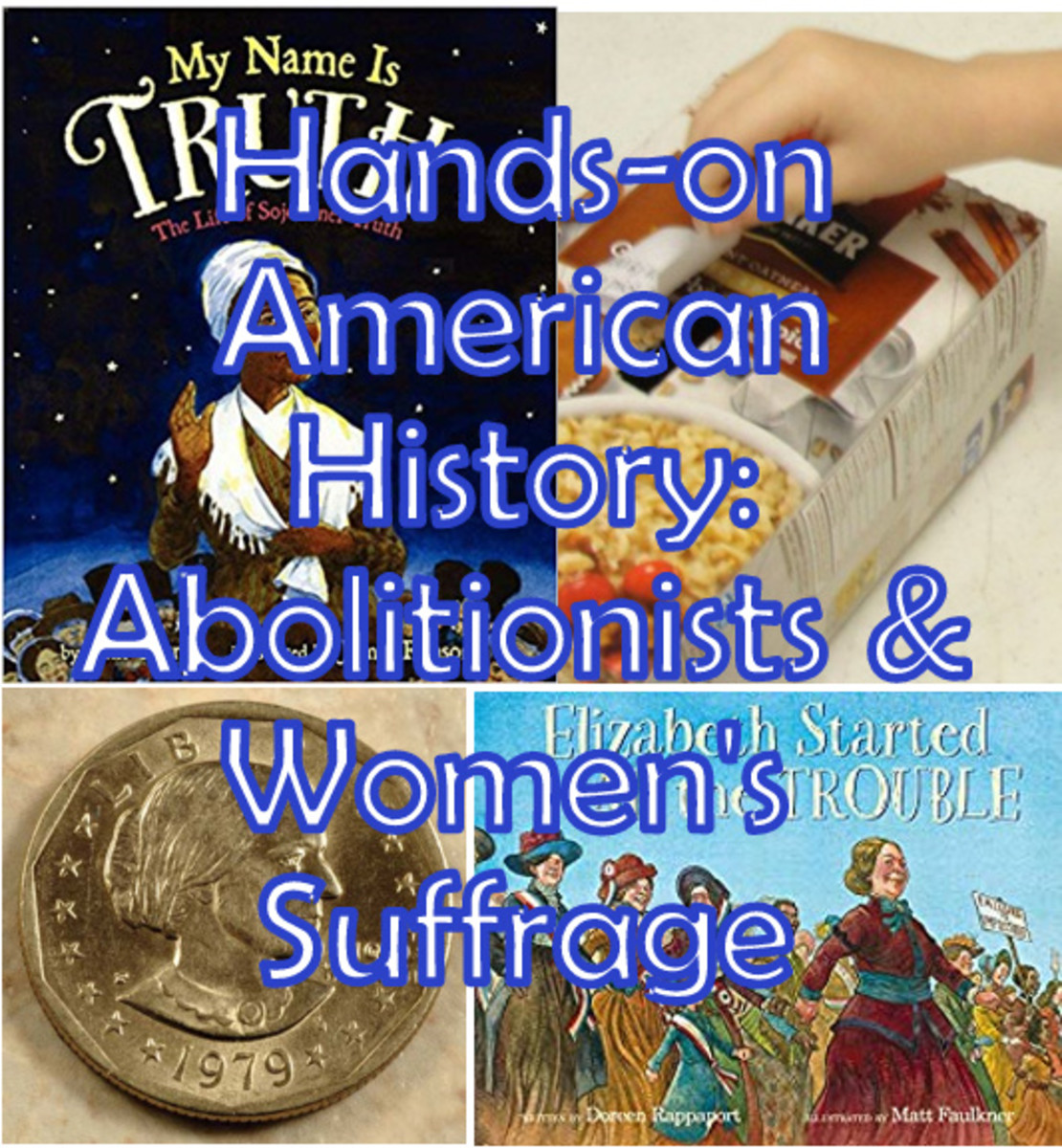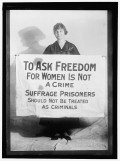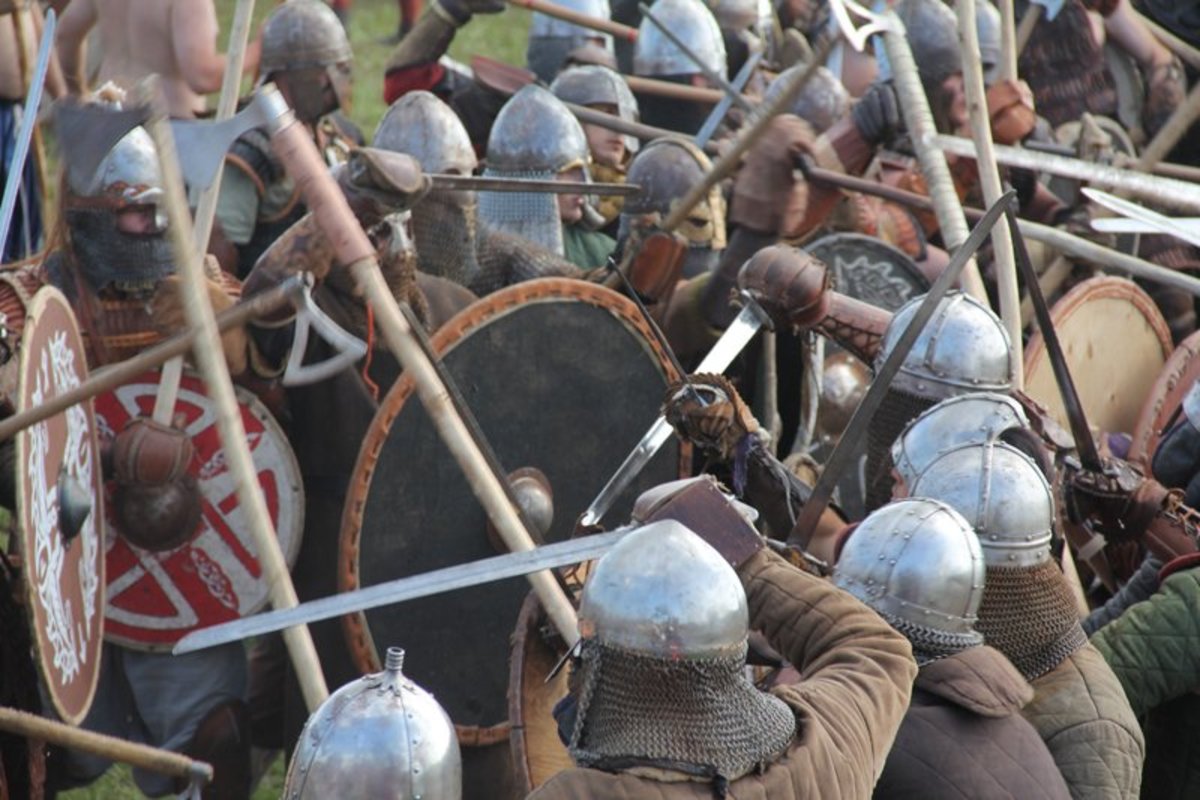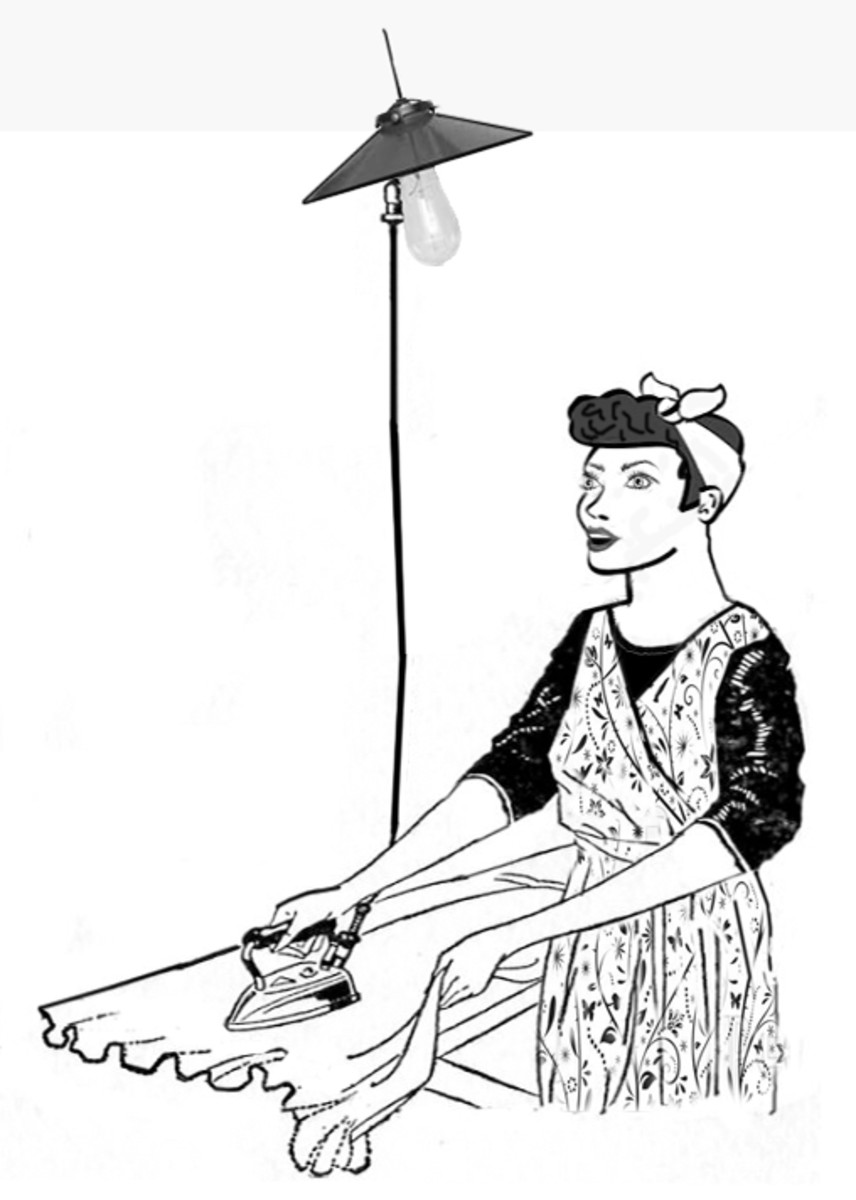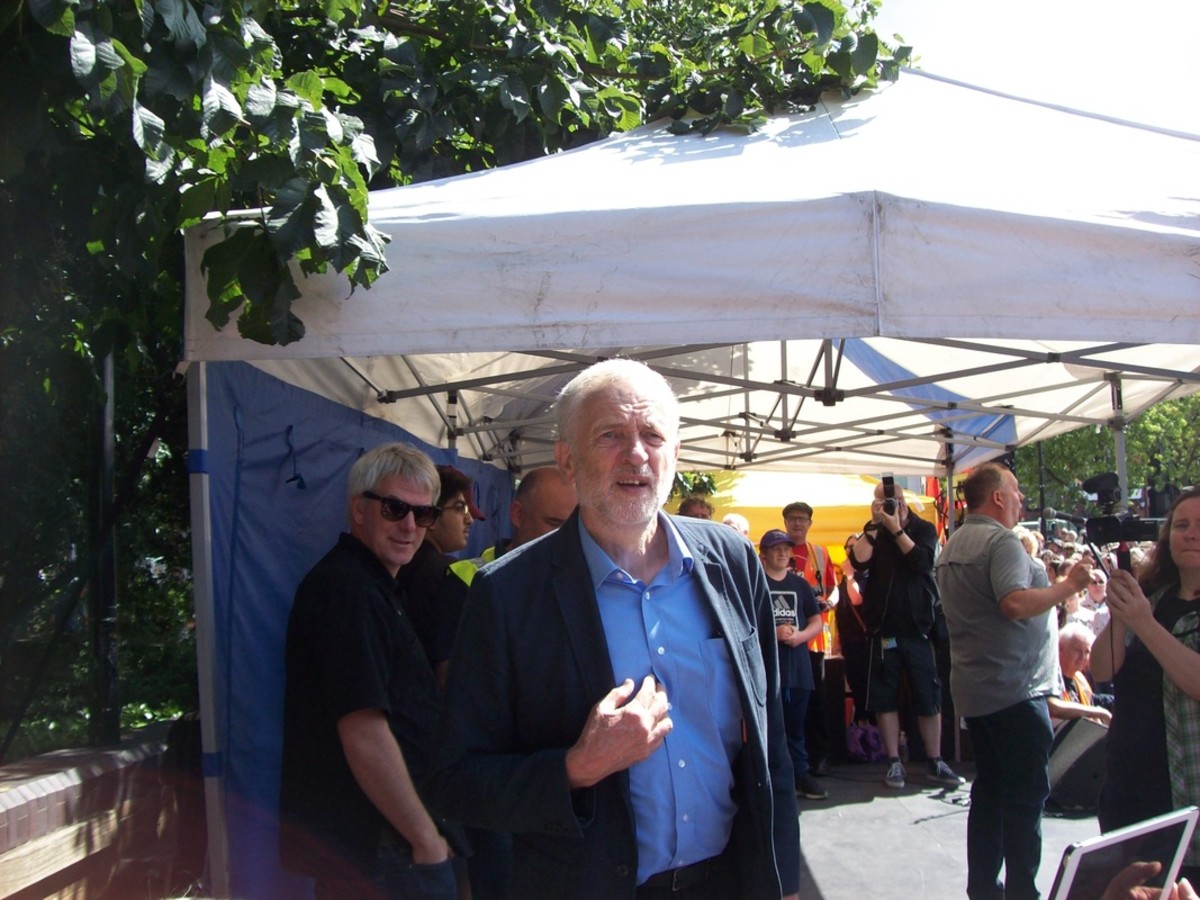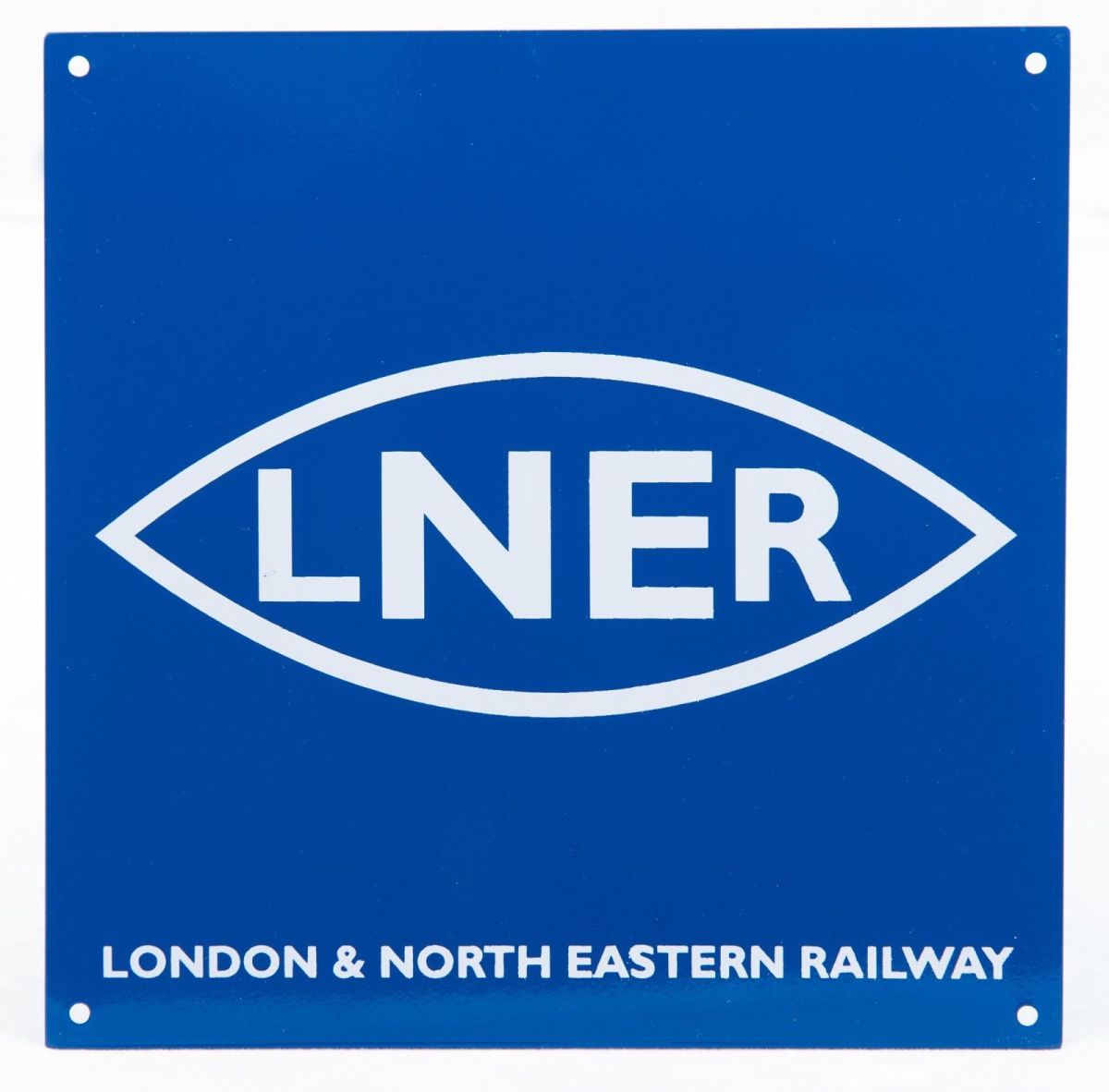Womens Suffrage Movement in Britain/UK
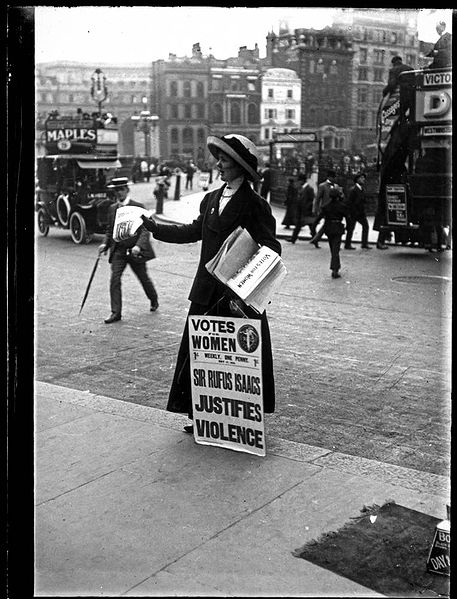
Women's suffrage - Britain 1918 & 1928
Women had to campaign vigorously for the vote in the form of Suffragists and Suffragettes. These two groups attempted to get publicity to promote that cause and make others aware of their demand for suffrage. Male attitudes were what the women mostly attempted to change, especially those of the politicians, as they would have the most say in any change in the law for women’s right to vote. Newly educated women were those who most wanted a change in the law as they felt that, as the intellectual equals of men, they should be treated as such.
The suffragists, suffragettes and other groups had a desire for fairness and equality between men and women. The majority of the women in these groups were well off and well educated, some equal to men of the same social standing. They felt that, as intellectual equals that they deserved the same voting rights as men. The suffragist’s movement came about in the 19th century and they used peaceful tactics to attempt to gain the vote. They used tactics such as raising petitions for parliament and distributing leaflets to promote awareness of the cause. In 1903 the suffragists were too peaceful and decided to form a more militant group. The suffragette’s motto was “Deeds, Not Words” which attracted many younger women as it was more active than the suffragists. They also conducted themselves peacefully at times but gradually they became more and more militant. After finding that their initial efforts weren’t showing results fast enough they began to break the law in favour of publicity. Women in this group chained themselves to the parliament railings and vandalised, even to the extent of arson. When imprisoned for their crimes the women went on hunger strikes until released. This only led to a new law being passed, the temporary discharge of prisoners act, which stated that those on hunger strikes could be released until they became healthy again at which time they would be re-imprisoned. Although they undoubtedly gained publicity for the cause they also inspired negative feelings. Some people thought that their choice of action showed that they weren’t responsible enough to deserve the vote.
Male attitudes at the time were strongly opposed to equality with women. Women at the time were seen as second class citizens who were inferior to men in every way. Few of even the richer women attended secondary school or university. Middle and upper class women had the sole aim in life to be food wives and mothers, and this is how they were brought up. Lower class women were most often employed in unskilled jobs for less money than men. Politics was viewed as a men’s world in which women should have no input or say at all. The franchise had been extended to more men in 1867 and 1884 which raised hopes of women gaining the vote. However, the fact that the franchise had only been extended to some men and not all led to some politicians thinking that to give women the vote when some men still didn’t have it would be wrong. Attitudes though were changing towards women and their rights. Some Liberal and Labour MPs supported votes for some women but the prime minister at the time, Herbert Asquith, was entirely against the idea. The increasing education of some women as far as university led them to become professionals. It seemed unfair that men who were uneducated had the right to vote when women who were educated at university level still did not.
The First World War meant that young and able men were sent to fight and left the jobs they had in Britain. This left a gap which required some workers to fill; these workers took the form of women. Mostly single, young women, late teens and early twenties, were the ones who took on the hard work. Many had to work in places such as munitions factories which were highly dangerous and so they were risking their lives for the war effort. Women gained more respect after their efforts as they were seen as more independent and capable of doing things to the equal standards of men. Many people think that the vote was given to women as a form of thanks and acknowledgement of their efforts for the home front during the war. However, during the war prime minister Asquith was replaced by David Lloyd-George who was more willing to accept women’s rights than Asquith who was against it. This is considered another reason for votes for women being take more seriously after the war. During the war there were also plans to expand voting rights to more men (also thought by many as a reward for working class men’s efforts in the war) and as the voting laws were changing anyway it was suggested that some women could also be added to the electorate.
The vote was gained by women through many different and separate means. It was not just the one action or event which caused the change in the electorate but many. The suffragists and suffragettes actions brought the suffrage into light for politicians and public alike and caused MPs to consider it in parliament. However, the extreme militanct of the Suffragettes brought about the opinion that anyone who would do such things, which was generalised to mean all women, were not trustworthy enough to be given the vote. Many men felt that women belonged in the home to care for their husbands and children, many women also believed this to be their rightful purpose. This view was held by the majority of men and so extended to most politicians thus making it difficult for women to get the vote. The war made it obvious that women were capable of doing what many did equally as well as they did. The war effort at the home front gained respect for women and they were seen as equal to men. New Zealand and some states in America had already given women the vote so Britain could not fully object to it on the grounds that it just doesn’t happen. When the vote was finally given to women in the 1918 Representation of People Act it gave the vote to 8million women over the age of 30. There were still property qualifications but it was a big step in women’s rights and lead to the vote being extended to men and women equally in the 1928 Equal Franchise Act.


